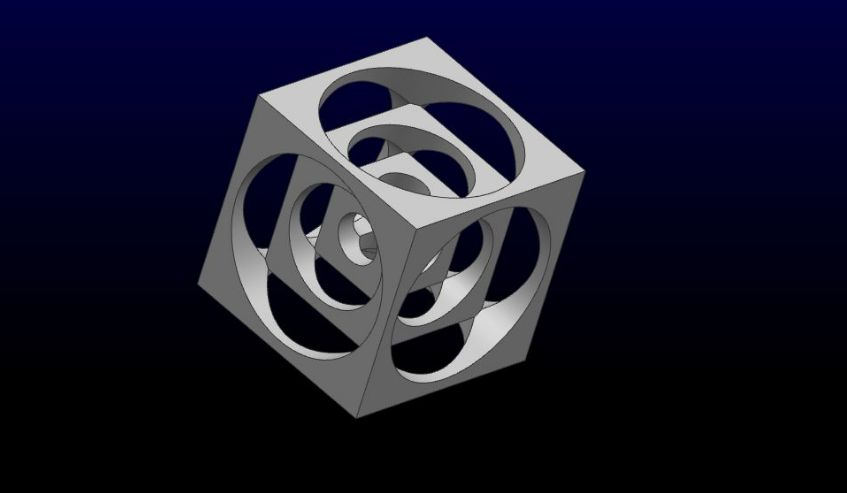Usually in the industry, the machining process specification is one of the process documents for the processing process and operation methods. It is a process document that writes a more reasonable process and operation method in a prescribed form under specific production conditions. After approval, it is used to guide production. Today we summarize some tips for your reference.
01 During machining, remove the jaws of the vise, process two M4 threaded holes, and place two steel plates 2 with a thickness of 1.5mm that are flush with the jaws, and rivet hard yellow 0.8mm thick with aluminum countersunk rivets. The copper plate 3 is fastened to the jaws with M4 countersunk screws 1 to form durable soft jaws. This also protects parts from pinch damage and is interchangeable.

02 It is inconvenient to use magnets to pick up small parts (fee parts) during machining. An iron plate 2 can be sucked under the magnet 1, which can not only suck a lot of small pieces, but also the small pieces will be automatically poured into the collection box when the iron plate is pulled apart. Not enough to impress but useful.
03 When the belt pulley is driven in machining, the pulley often slips between the axle and the axle. Use a 15~18mm dimple drill to make a series of pockets on the axle, which can form an adsorption force to prevent slippage, and the boss will reward you for turning waste into treasure.
04 In machining, when the inner hexagon wrench has a short handle and cannot exert force, a pipe with a slightly larger inner diameter than the wrench can be milled from a section of the groove, and the wrench can be inserted into the groove, which can be used as a long handle.
In addition, in CNC machining, there will be many workpieces that are not produced at one time, but when the workpiece is produced, it is just a rough model. If the factory becomes a real product, Among them, it is necessary to carry out numerical control processing with the help of some mechanical equipment, and carry out numerical control processing according to different product requirements, and finally become a product with use value.

Four principles
1 Benchmark first
When using mechanical equipment to process products, a datum plane must be determined, so that there can be a positioning reference in subsequent processing. After the datum plane is determined, the datum plane must be processed first.
2 Divide the processing stage
When the product is mechanically processed, it needs to be processed to different degrees according to different product requirements, and the processing degree needs to be divided. If the precision requirements are not high, then a simple roughing stage will do. The schedule requirements of the products are becoming more and more strict, and the semi-finishing and finishing stages will be carried out later.
3 face first and then hole
When machining, for a workpiece such as a bracket, the brake needs both plane machining and mechanical hole machining. In order to reduce the accuracy error of the machined hole, machining the plane first and then machining the hole is beneficial to reduce error.
4 Finishing
This processing principle is roughly some grinding and polishing processing, which is usually a step after the product is fully constructed.